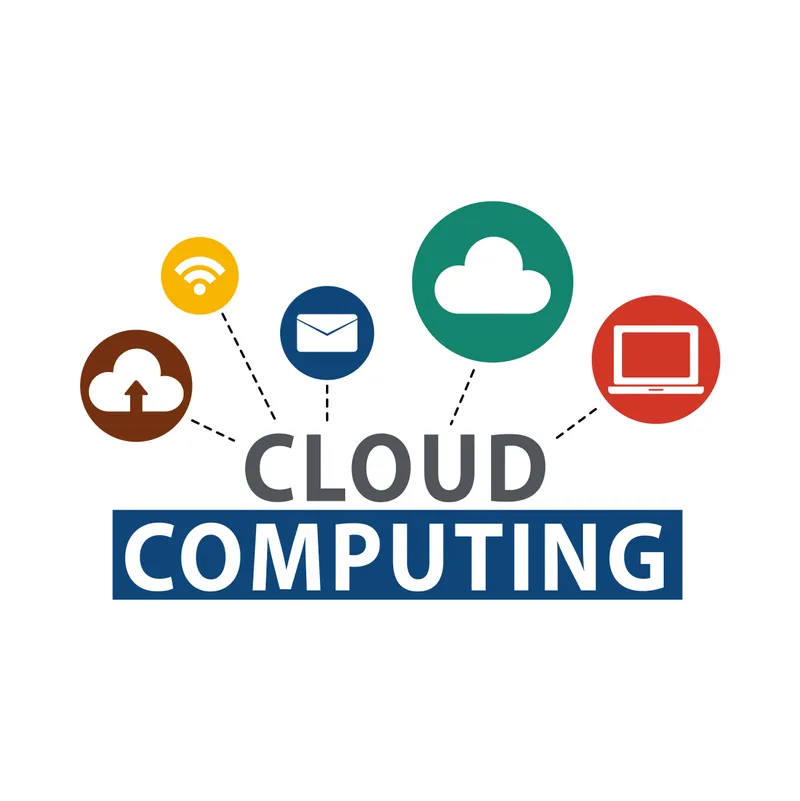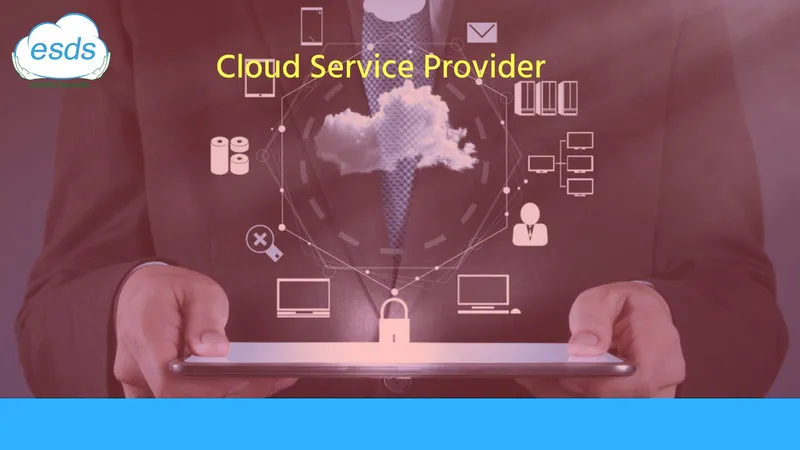

Debunking the Top 4 Myths about Public Cloud Security
Lots of businesses are moving towards cloud but still, they are pretty confused on which cloud to choose. Where most of the small and medium-sized businesses prefer public clouds but, they still have a fear in mind about the privacy, security, and costs as it is a public cloud. A lot of confusion still lingers around about the data security when people choose cloud computing. Public clouds are the recommended solutions to the businesses for cutting down the IT costs and improve the scalability and flexibility.
Security and control are two different and this difference is seen between the data security of cloud computing and data center. A company gets several benefits from cloud computing. Due to the public cloud, the companies can have quick provisioning, deployment, and IT resource scaling at much lower costs. A user can enter new markets easily and lessen the development time and wastage.

Cloud Computing
Actually, a public cloud can serve similar or better purposes than that of the traditional platforms like on premise. Even though there are several benefits, some myths still exist. We are here to debunk some of the myths about the public cloud so that the enterprises won’t get confused.
So, here are the top four myths about the security of the public cloud:
• You can’t control your data location/residency
• Customers on the same server are a threat to each other
• There is a lack of inherent transparency in the public cloud
• CSP (Cloud Service Provider) is only responsible for the security
You can’t control your data location/residency
Data residency/location is one of the prime concerns and therefore several countries have various laws which consider exporting of personal data in other countries as a criminal offense. Data residency is more of a concern when handling the personality identification data like financial information of any kind or health-related private information. In these cases, the cloud service provider should choose the locations from which it runs its data centers. The resellers that need to provide cloud services to their customers shall at least choose the service providers that can handle the location wise needs. So, it clarifies that this issue is not a matter to stress on. You can choose a quality cloud-service provider that can provide data residency as per your choice with accountability of data.
Customers on the same server are a threat to each other
This one is a constant myth about the multi-tenant cloud infrastructure that it is more vulnerable to attacks than that of the traditional IT infrastructure. Basically, in a public cloud, the tenants share all kinds of resources like storage, compute, and network. The sharing of all these physical resources arises the security concerns in the minds of the cloud tenants. They think that they are more vulnerable to attacks by the tenants of the same cloud. But, in actuality, it is very difficult for any tenant to attack the other tenant in the in the public cloud environment. The layer of hypervisor is primarily responsible for the separation between every tenant. If you don’t know then understand that hypervisors are very secure and therefore they are critical to attack. In addition, there are some cloud providers which provides more options to diminish the multi-tenancy risks at a greater extent. If you want to subscribe to a cloud service provider and get their offerings, then you should fully understand your requirements.
There is a lack of inherent transparency in the public cloud
Lack of transparency is liked by no one in any business as customers seek transparency everywhere. If there is visibility in any business, then it gets easier for the customers to trust you. Mistrust is the main reason that consumers back out from the cloud services because to build trust you should provide transparency and security. We can evaluate the cloud service provider by checking whether it has certain security compliances certifications or not. Further, you can validate if the service provider abides by the Could Trust Protocol or not. Through this protocol, the customers get the right information and it mentions that the data on the cloud is as it is and as per the rules mentioned. This protocol helps the customers by seeing the original information.
The companies can make correct choices about the data and processes. Which kind of data should go on which cloud and how to sustain the risk management decisions regarding the cloud services are the points which the company can work on confidently. Therefore, the visibility improves and the transparency gets affordable. Even though not every cloud provider will emphasize this and spend bucks over the maintaining 100% transparency, so every user can’t strictly demand this feature. Though, there will always be some kind of transparency maintained.
CSP (Cloud Service Provider) is only responsible for the security

Cloud Service Provider
Public cloud has an upper hand because the organizations can afford the resources like compute, space, RAM and several other features. Everyone can’t afford a personal server and hence the public cloud comes to the rescue.
The point is very easy, you don’t have to create everything from scratch as someone has already built it for you. It is not necessary for you to buy an individual server, or build a data center for that matter; unless that’s the only thing you have planned for your IT infrastructure.
No matter what, it is still your data and applications and therefore, you are responsible for it. It is your duty to select a perfect cloud vendor that caters your needs and seriously takes care of the security, disaster prevention, and post-disaster recovery. You should not just take a casual or mild approach while choosing the service provider and then the package which the provider offers. Things won’t work like that. Even if the vendor knows how to take care of the security part, you should also be knowledgeable enough to understand the risks, and make decisions.
Conclusion
Anyhow, the fact is that the public cloud provides more security than a conventional data center. Nowadays, cloud service providers are providing various levels of security by having some great tools and scanners. All of this is because the increasing number of threats and therefore growing cyber threats have forced them to become more attentive for preventing the attacks.





